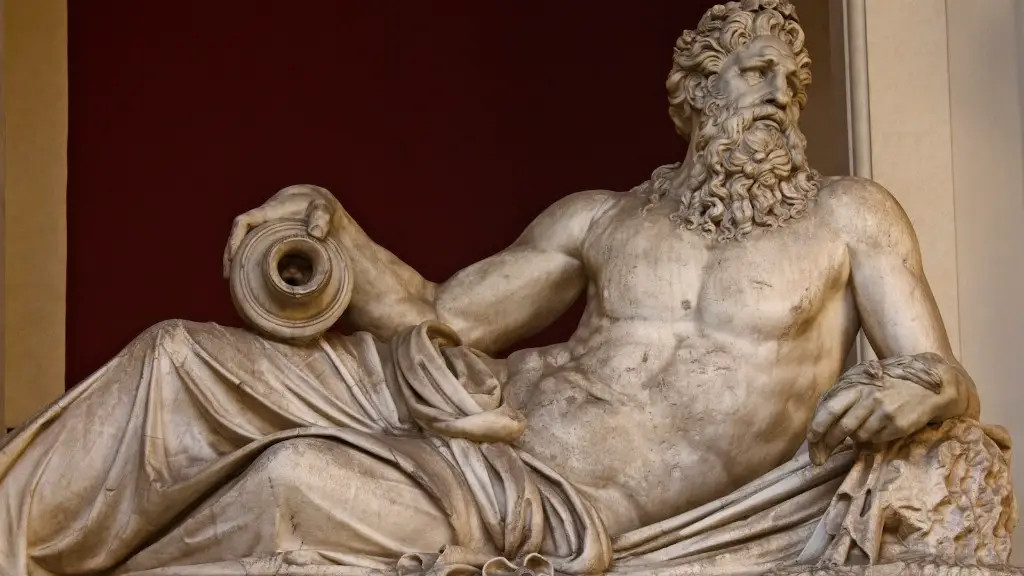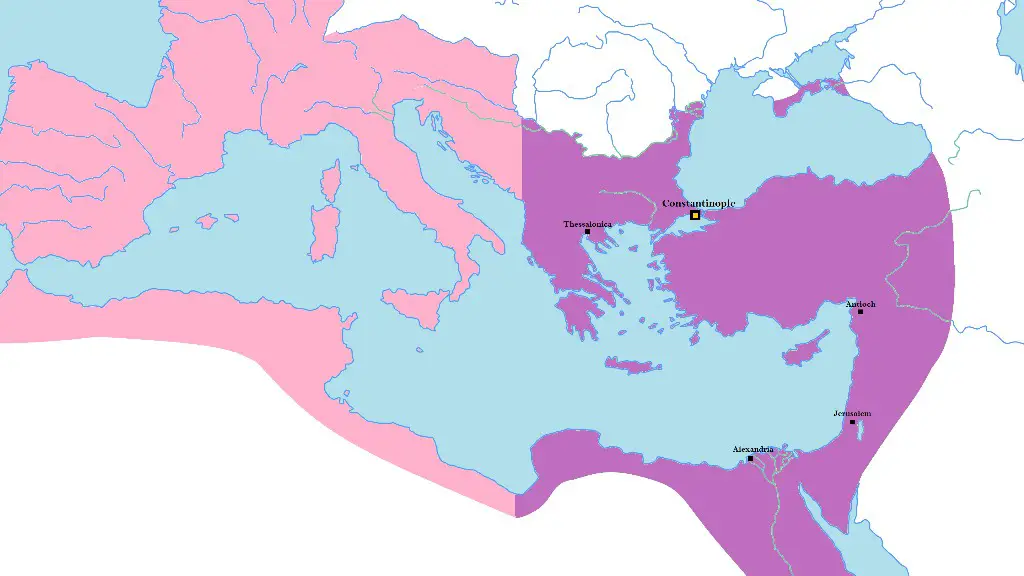Social Impact
Bread was as much a social resource in Ancient Rome as a nutritional one. In the days before packaged bread or supermarkets, bread was an important element in the day to day lives of Roman citizens, providing sustenance and cultural meaning. The purchase and sale of bread served as a form of taxation and currency, and its use in religious ceremonies pointed to its importance in cultural expression. By providing a basic but nutrient-dense element of daily sustenance, bread offered a form of economic, social, and political stability.
Though traded as currency, bread was not just a privilege of the wealthy. Laws in Ancient Roman ensured that a certain amount of grain was provided to plebeians, or common people, every month at a discounted rate. This allowed everyone a nutritionally-sound diet, though of course its quality depended on one’s means. As well as physical sustenance, bread allowed everyone the opportunity to participate in the social dynamics of Rome, displaying a symbol of one’s unity with the Republic.
Ancient Roman bread was a unifying force, a crucial element in establishing and maintaining the Roman Republic. It provided citizens with not only nutrition, but a sense of stability, both economic and social. The purchase and sale of bread allowed for citizens to express their loyalty to the Republic and for taxation sentiments to be easily and efficiently handled. Bread also served as a reminder of the importance of community, dispensing a sense of cooperation and general unity among all free citizens.
Ceremonial Significance
The ceremonial importance of bread in Ancient Rome highlighted its place in the greater cultural zeitgeist. Bread was a staple in Roman religious ceremonies, and had great symbolic weight as well. The consumption of bread was a key element in festivities, and often bread was decorated with images of figures in Roman mythology, to be eaten in celebration of religious occasions and calendar events.
Roman ceremonies such as the lectisternium, a banquet to the gods featuring the ritual of placing statues in couches, usually included bread on a broad, white cloth, illustrative of the hospitality they were providing the gods. This ritual was a sign of respect and payed homage to the gods. Other, more solemn occasions, such as funeral banquets, saw bread in a different role. Bread was used at funerals for the purpose of creating an altar in the deceased’s memory. This, along with other offerings to the gods, was seen as an act of piety to honour the deceased.
Bread was thought to represent the body of Christ and was therefore also included in certain religious ceremonies of the time. During Christian festivals, it was essential to offer bread and wine, both symbols of the body and blood of Jesus Christ. This type of ceremony served to remind Christians of the importance of enriching their relationship with god. Bread was also commonly used in Jewish ceremonies. Jews who follow the Law of Moses break the bread during dinner in order to symbolise the unity of the group, a reminder of their connection to those around them.
Nutritional Benefits
Central to understanding ancient Roman bread is the consideration of its nutrition and health benefits. In Ancient Rome, grains were more than just an easily accessible source of carbohydrates; they were high in both minerals and vitamins. Wheat, in particular, was common for Roman citizens. The wheat of the time had a higher protein content than other type of grains, and was often enriched with zinc, iron and magnesium. As a result, the consumption of wheat-based bread provided a rich source of nutrition to the Roman citizenry.
In combination with certain other ingredients, such as oil and wine, bread was a highly nutritious staple. The production and consumption of ‘panis quadratus’, a type of unleavened bread popular during the Roman Empire, was an efficient way to ensure citizens received enough iron and magnesium to maintain a healthy diet. As well as providing sufficient nutrients, bread’s low-cost, long-term storage allowed a reliable and viable way to feed large numbers of people.
Technological Innovations
Bread production in Ancient Rome was greatly dependent on technological innovation. As the Republic’s population began to grow, the need for cost-effective and efficient methods of production became a priority. Early Roman mills were simple constructions made from two circular stones, one placed upon the other. The upper stone was rotated by hand, turning the grain into meal.
This basic construction evolved over time to more intricate designs. Later Roman mills were powered by both human and animal labor, introducing a greater capacity for production. As the power of these mills increased, the speed with which grains could be processed grew, allowing for the production of large quantities of flour. This encouraged the growth of an industry surrounding the mass production of bread, capable of feeding an ever-growing population.
Political Influence
The use of bread in Ancient Rome as a form of taxation allowed Rome to grow and develop. This was a form of revenue capture, and as such allowed Rome to pay for its expansive military as well as its architectural marvels. The Roman government also regulated the quality of grain it produced. By producing higher quality grain, the government could better guarantee a healthy and well-fed population, as well as attract merchants to the area. This is a great example of how bread, an seemingly ordinary item, was in fact deeply central to the success and stability of the Republic.
Culinary Advantages
Roman bakers were capable of producing various varieties of bread. Some were simple unleavened loaves, either round or square in shape, while others were quintessentially Roman innovations. The “miliarium”, for example, was a popular choice. It was a round, red-coloured loaf, with a central crater filled with olive-oil and other condiments. While most of the dough was made with the addition of yeast, a small portion was set aside and rolled flat, then cut into a lattice pattern. This created a spongy, open-pore type loaf, with a crisp and flaky crust.
Many of these types of bread served an important role in Roman cuisine. As well as providing a nutritious and flavourful element to Roman recipes, bread also performed other important functions. Given the highly acidic nature of many Roman dishes, the addition of bread often acted as a pallet cleanser, allowing the diner to appreciate all the flavours involved in the recipe. In effect, the taste of Rome was greatly enhanced and supported by the bakery industry.
Health Benefits
The health benefits of bread were not overlooked by the Ancient Romans. Without access to sufficient amounts of proteins and valuable nutrients, many were in danger of developing dietary deficiency. To combat this, the use of wheat-based bread provided a variety of important minerals and vitamins. Due to the production of flour and its subsequent consumption, the people of Rome became privy to zinc, iron and magnesium.
Aside from its nutritional value, the consumption of everyday simple breads such as the ‘panis quadratus’ could also have psychological effects. Many cultures have long believed that consuming food with low glycemic levels, such as bread and cereal, can act to improve one’s mood. This has since been corroborated by scientific study, suggesting that wheat-based bread had a positive impact on the mentality of the population, allowing them to better cope with the energetic demands of everyday Roman life.
Economical Value
Bread was of great economical value to Ancient Rome, providing a convenient way to solve a variety of problems. Bread’s self-preserving and shelf-stable qualities meant that it could guarantee a consistent, available food supply. Rome’s unofficial currency, the denarius, was in itself made up of bread, a concrete visual reminder of its social importance. Bread stores across the city provided all citizens with a regular, day-to-day means by which to purchase necessary goods, which allowed even the lower classes to engage in trading and commerce.
Also, bread was also often used to reward political and military achievements. During public games, bread and other goods were given to victorious fighters who had defended Rome from outside forces. This provided a visual representation of Rome’s commitment to its citizens and provided comfort to those who had fought for its cause. Though not a direct source of income, bread’s prosperity was heavily intertwined with the success of Rome’s greater society.
Conclusion
Ancient Roman bread was more than just a source of sustenance. Its use as currency, as well as its religious and symbolic significance made it a powerful factor in Ancient Rome. Not only did it provide a practical element to the diets of Roman citizens, it also offered a distinct, tangible demonstration of unity amongst the population. It is this aspect of bread, as well as its ceremonial importance and health benefits, which allow it to remain an important part of the cultural landscape of the Roman Republic.




